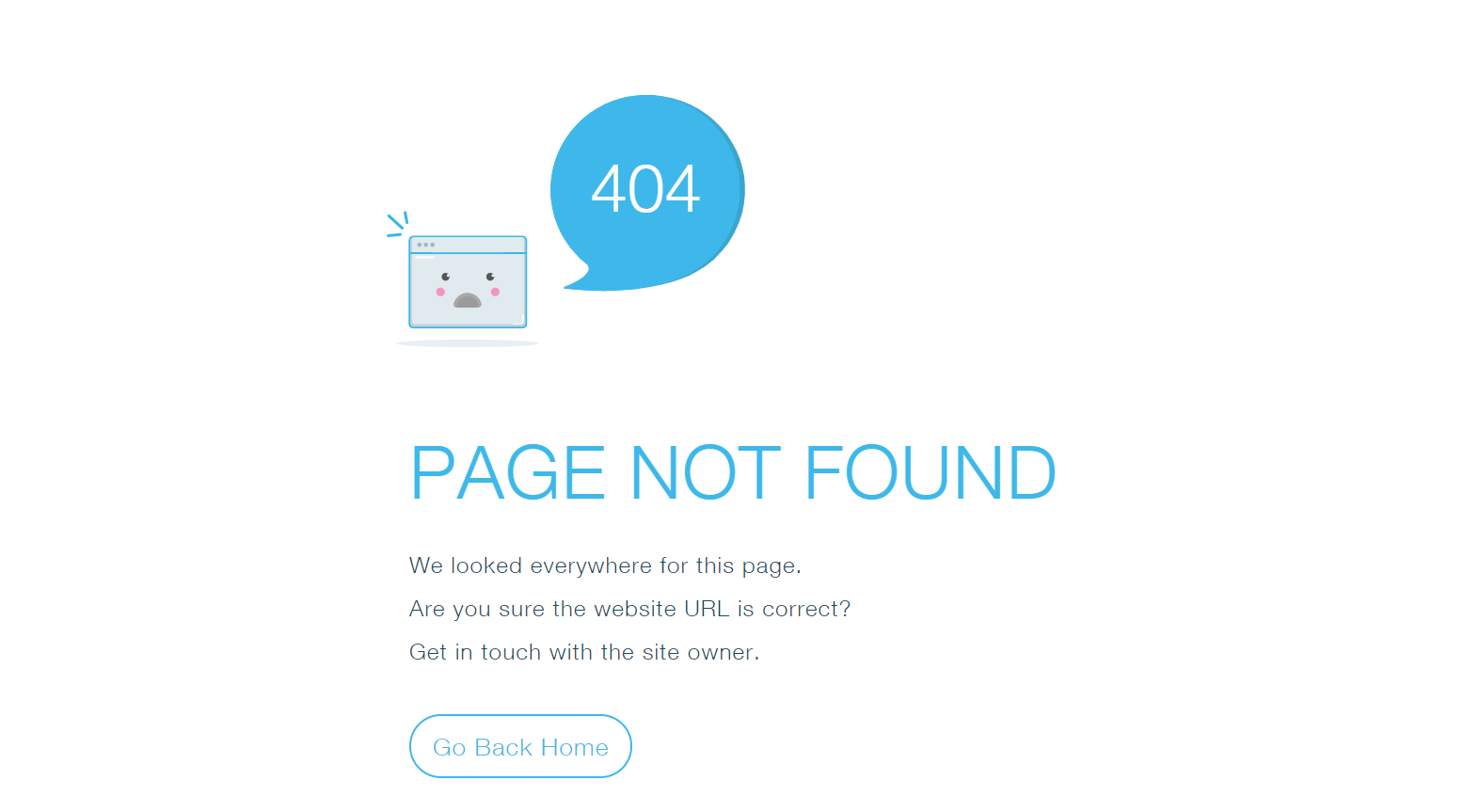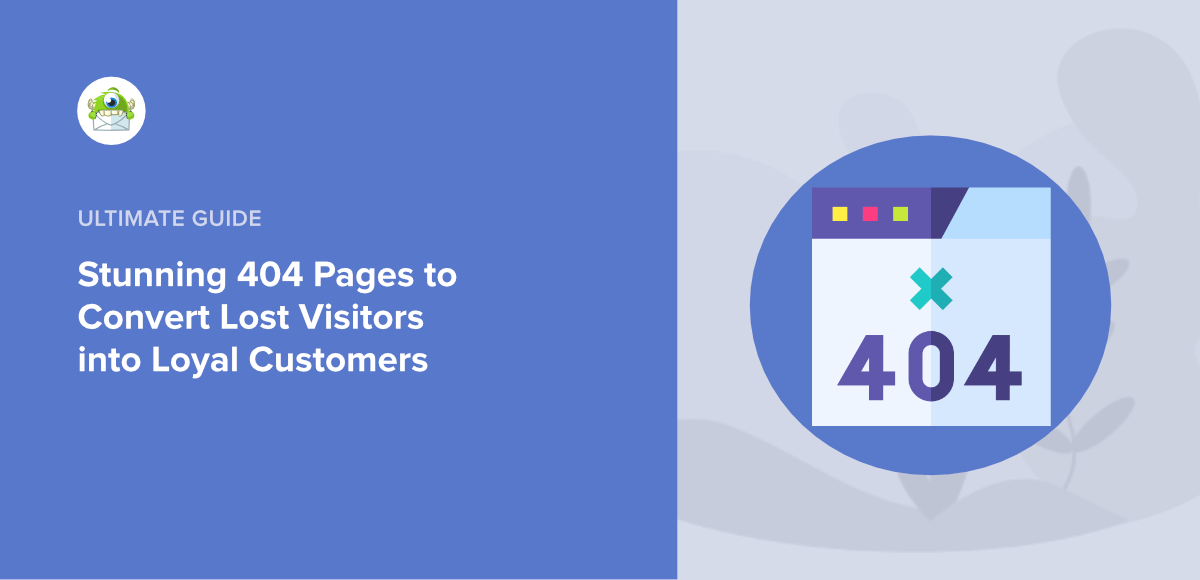A 404 page is the webpage shown to users when they try to access a URL that does not exist on a website's server. It corresponds to the HTTP status code 404, which means "Not Found" — the server is reachable, but the requested page is missing, deleted, or moved without a redirect.
Regarding SEO impact, 404 pages can affect a website in several ways:
-
Negative user experience: Visitors encountering 404 pages may leave quickly, increasing bounce rates. Since Google factors user experience into rankings, frequent 404s can hurt SEO by signaling poor site quality.
-
Decreased crawl efficiency: Search engine crawlers waste crawl budget on 404 pages, potentially missing important content on the site. This can reduce the overall indexing and visibility of your pages.
-
Lost link equity: If pages with backlinks return 404 errors, the site loses valuable link juice that contributes to ranking power. This can diminish SEO performance, especially if high-authority pages are affected.
-
Neutral or positive effects: Some 404s are natural and expected (e.g., removed outdated or low-quality pages). Properly managed 404s can help search engines better understand site structure and topical relevance, potentially benefiting SEO.
A well-designed 404 page can mitigate negative effects by guiding users to other parts of the website, improving user experience despite the missing content.
In summary, 404 pages indicate missing content and can negatively impact SEO if they affect important pages or user experience. However, occasional 404s are normal and manageable with good site maintenance, redirects, and user-friendly error pages.





